Some Italian antique dealers once told their daughters, eager to follow in their footsteps, that this profession was not meant for women. They wondered how they could balance family life with a demanding job, involving constant travel and frequent interaction with male colleagues. Some of those girls didn’t give up. They faced obstacles and prejudices, proving with determination that they could overcome them. They have built autonomous careers by embracing the teachings of their fathers, their broad vision, and their wealth of skills. Others, without family ties in the industry, have carved out a space for themselves through study, passion, and perseverance.
Despite remaining a minority, these women have helped shape – or rather, bring to light – a new professional figure: the antiquarian. No longer a ‘wife’ or ‘daughter of’, but a fully-fledged professional. Perhaps unknowingly, they have paved the way for a new generation of experts, gradually normalizing the presence of women in a complex and ever-evolving sector.
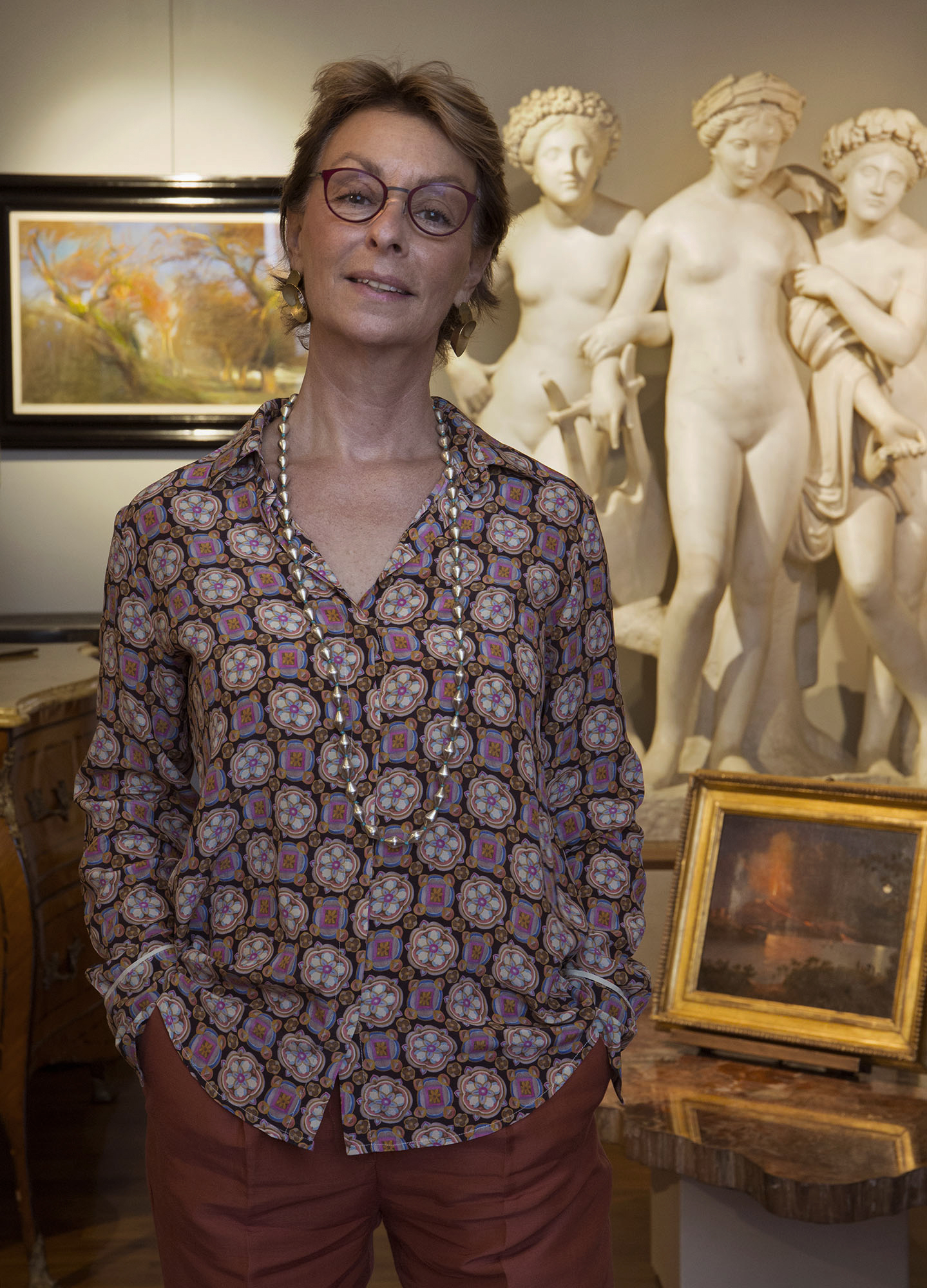
Among the Italian women born into the world of antiques, we find Francesca Antonacci, a Roman, representing the fourth generation of a historic family of antique dealers. “I grew up surrounded by beauty and immersed in this profession,” she shares. “I witnessed my grandmother and, most importantly, my father Giuseppe, who trained me and taught me so much. But I’ve earned my path through passion and hard work”. In 2003, she opened her gallery (Francesca Antonacci Srl, Rome, via Margutta 54) with an exhibition dedicated to Neoclassicism, her primary area of expertise. In 2012, she joined forces with Damiano Lapiccirella to establish Antonacci Lapiccirella Fine Art. The quality of her work has earned her the esteem of collectors, historians, and scholars. It is also thanks to her that the 19th and early 20th century Italian art has begun to find a place, albeit still marginally, in major international museums. Among her most significant sales, two works by Sartorio were acquired by the Musée d’Orsay. “In international museums, Italian art often stops at the Vedutismo, leaving a void. Without privare galleries, the Italian 19th century remains largely overlooked abroad. The real urgency today is to simplify bureaucracy: we need certificates of free movement and ‘passports’ for the works, to truly compete with our European colleagues and truly enhance our heritage”.
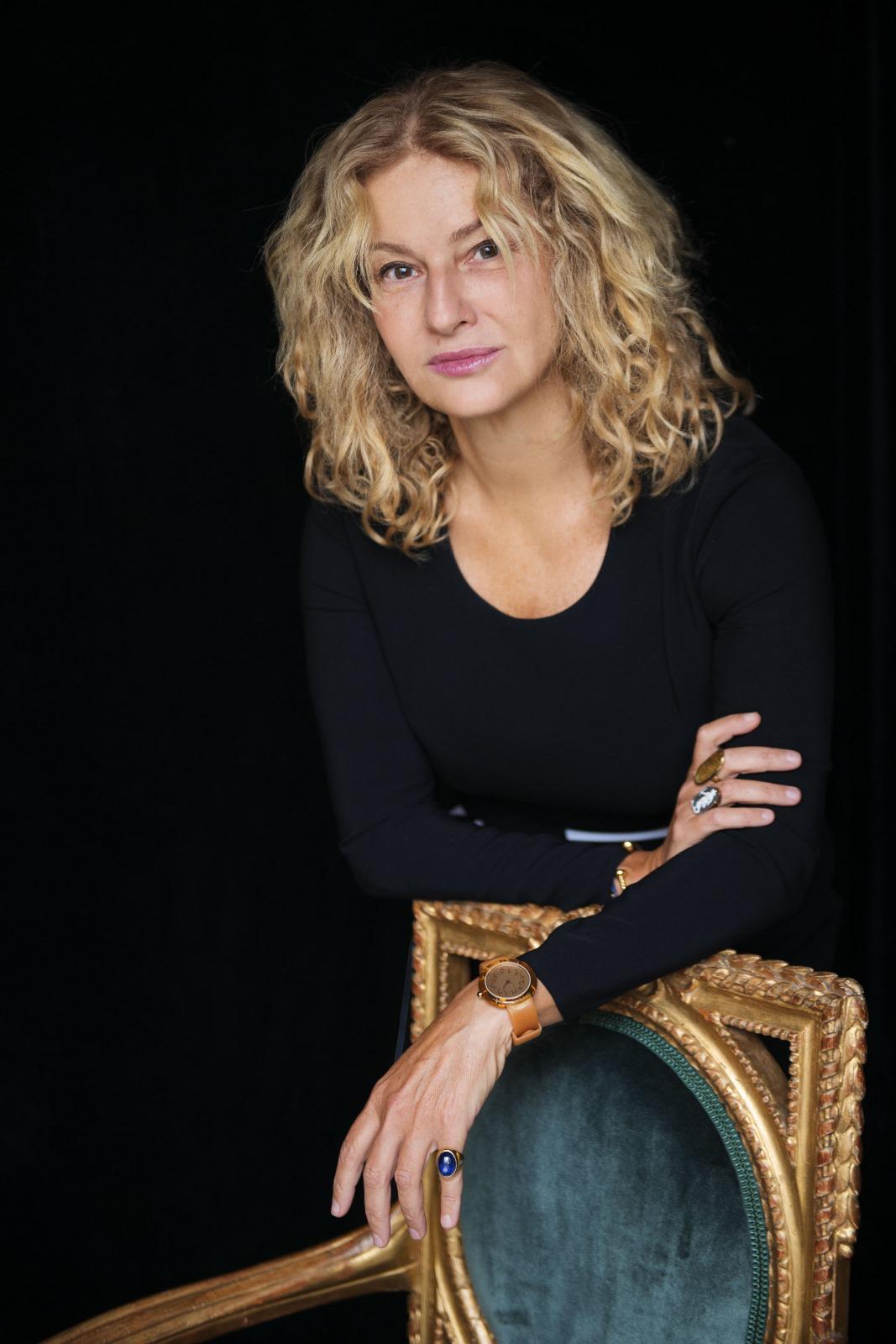
Born into one of Rome’s most renowned antique dealer families, Alessandra Di Castro became the first president of the Associazione Antiquari d’Italia. At the age of forty, she broke free from the historic family business, opening her own gallery (Alessandra Di Castro Antiques) in Piazza di Spagna 4, where she established her own unique style and identity. She has participated in the most prestigious international exhibitions, receiving awards and prestigious appointments, including being the sole Italian member of the Executive Committee of Tefaf and the President of the Apollo Group, which has been representing the art industry in dialogue with national institutions for years. Di Castro’s dialogue with institutions centers around the critical issue of revising the VAT rate for art sales, where she hopes “for a decisive intervention to strengthen the domestic market and align with European standards. The government itself has recognized the significance of this measure in fostering competitiveness and growth for the entire art ecosystem”. Di Castro also highlights the pressing need to reform the regulations on the export of artistic goods, particularly by aligning the value thresholds with European standards. “In Italy today, the limit is set at 13,500 euros,” she explains, “a single threshold for all works over seventy years old. It’s the lowest in Europe”.

Tiziana Sassoli is one of the professionals who didn’t grow up in a family of antique dealers. “My mother was a collector and passed on her passion to me, taking me to exhibitions and museums from a young age. However, the antique dealer profession truly began with me”. In her gallery, Fondantico, now located in Palazzo Pepoli Bentivoglio in Bologna, she immediately specialized in ancient paintings from the Emilian area, spanning from the 16th to the 18th century. She quickly established herself as a recognized reference point in this field – for instance, she sold Guercino’s Danza Campestre to the Borghese Gallery. “I’ve always approached my work by thoroughly studying the pieces, offering them to the market only after meticulous scientific research and precise attributions. This approach has allowed me to carve out a recognizable space and establish myself with credibility in a complex environment, where I have never truly felt disadvantaged as a woman. In my opinion, being an antique dealer is not a profession for men or women; what truly sets you apart is your professionalism”.
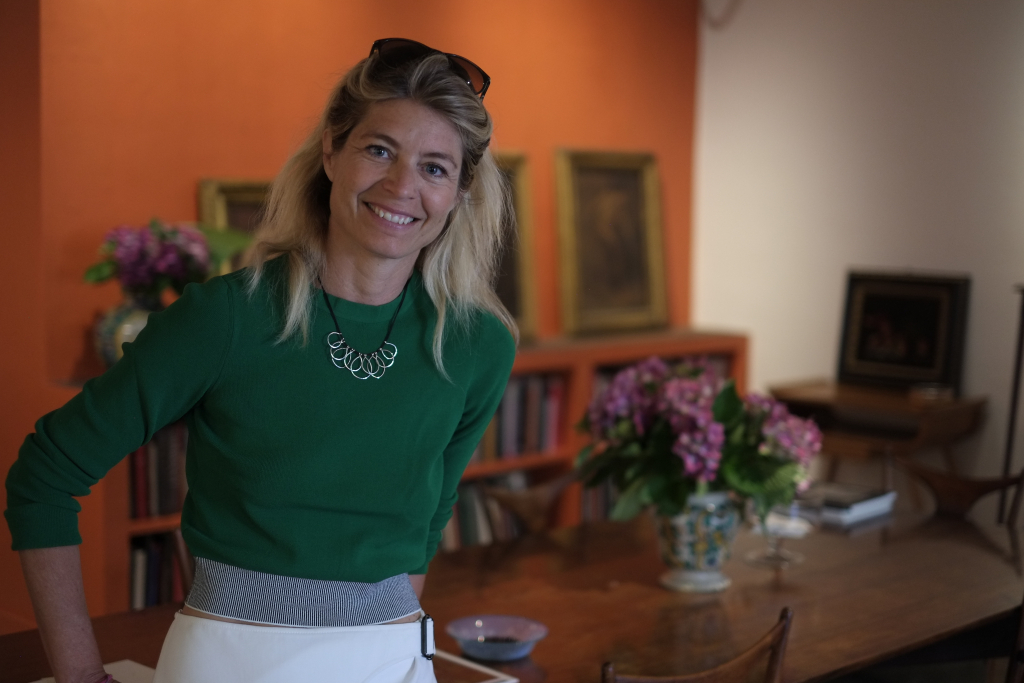
This vision is partly shared by Miriam di Penta (Miriam di Penta Fine Arts), who has first graduated in Political Science, and Art History. Today, she specializes in ancient Italian paintings, building her career in the field, among the historic antique galleries of Via del Babuino in Rome. She also holds a PhD and has experience as a Specialist at Sotheby’s. Her exhibition proposal brings together works from the 16th to the 18th century – from Sodoma to Mattia Preti, from Orsola Caccia to Domenico Fetti – with works by great masters of the 20th century such as Manzù, Campigli, Afro, and Boetti, focusing on an idea of collecting that favors taste over category. She shares, ‘I have several male colleagues who value and support me. Of course, some people still hold the belief that women should solely focus on applied arts, but fortunately, they are a minority. Ultimately, what truly matters is the quality of the work. As Tiziana Sassoli rightly points out, it’s through knowledge, study, and my discerning eye that I’ve carved out a space for myself in an extremely competitive environment, where female colleagues are still scarce. It’s crucial to consistently demonstrate, with competence and determination, that talent, professionalism, and rigor transcend gender.”
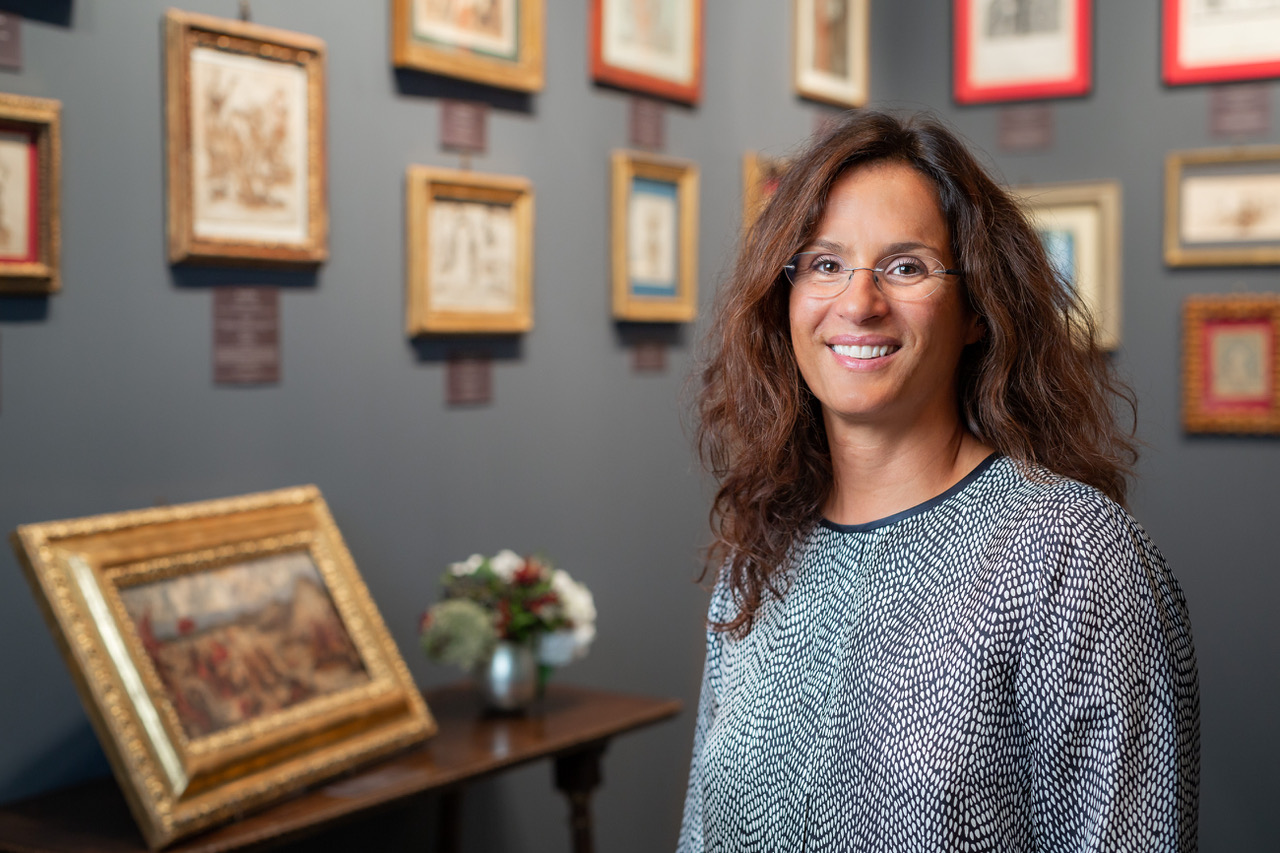
There are those who have chosen to specialize in a more niche area, perceived as more accessible to the female world: this is the case of the Florentine Maria Novella Romano, who together with her brother Mattia represents the fourth generation of antique dealers in her family (Romano Fine Art). “My choice to focus more and more on drawing,” she explains, “stems primarily from considerations related to the stability of the sector: the collection of drawings has its own continuity, it is very cultured and less influenced by market fluctuations. Furthermore, the world of drawings has traditionally been more open to women, especially at an international level”. Romano is nevertheless optimistic about the future of women in the antiques trade: “Perception is also changing in Italy, and I am sure that the contribution of women in the sector will be increasingly recognized and normalized. Not only because we are sometimes more prepared and meticulous than our colleagues, but also because there is a lot of solidarity among us. We don’t live on rivalry, on the contrary, we are extremely collaborative”.
As evidence of an increasingly complex and shared female landscape, it is also worth mentioning the contribution of other professionals who work with authority in the sector, including Giovanna Bacci di Capaci, Ida Benucci, Nicla Boncompagni, Eleonora Botticelli, Elena Camellini, Enrica de Micheli, Rosalia Fornaro, Clara Santini, Roberta Tagliavini and Maria Zauli. Furthermore, this change in perception is also reflected in the new institutional structures. A concrete example is the growing presence of women on the Board of Directors of the Associazione Antiquari d’Italia (Italian Antiques Association), where, alongside figures such as Maria Novella Romano and Alessandra di Castro, younger voices in the sector also appear, such as Giulia Gomiero and Valentina Vico.
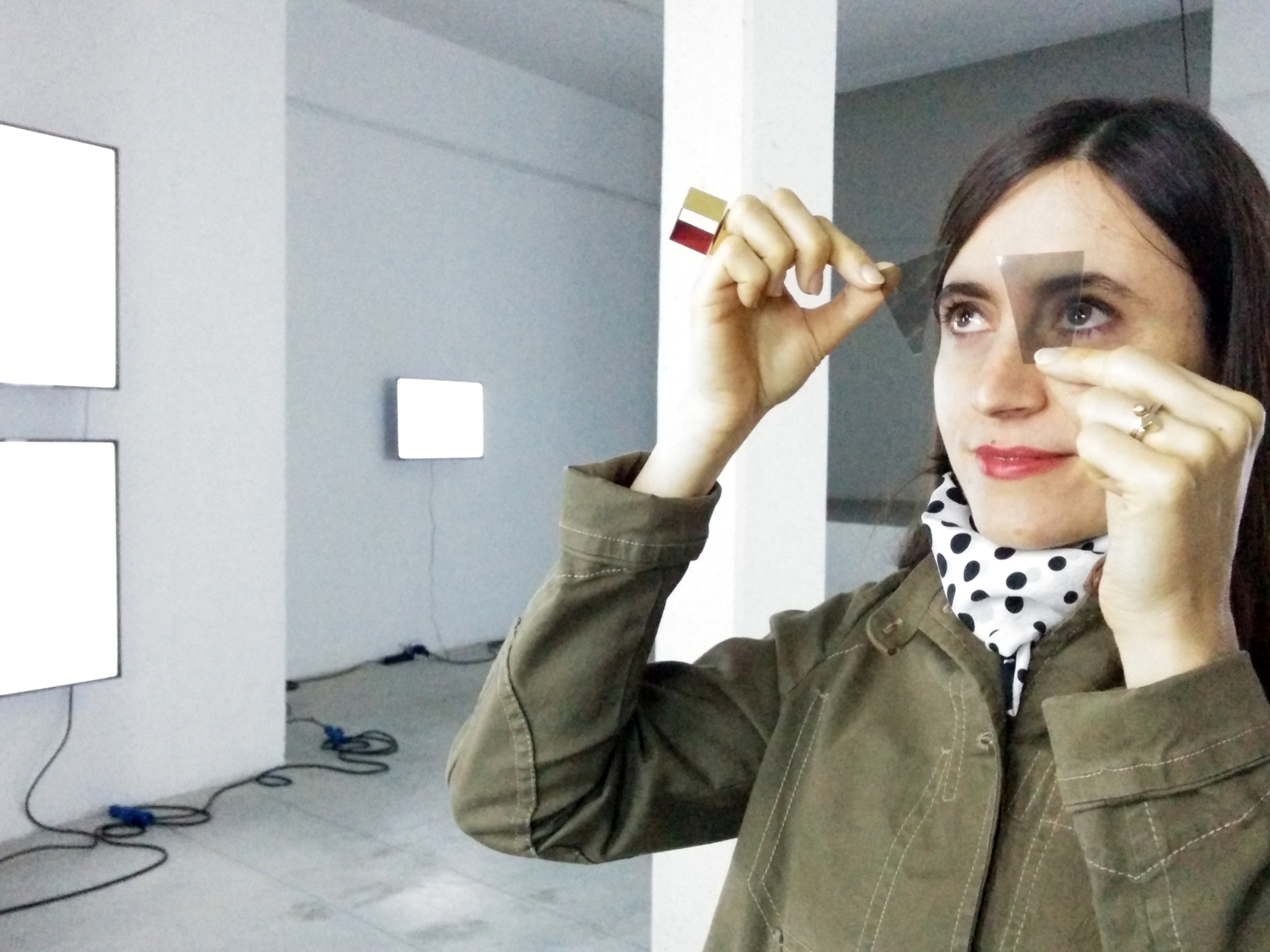
Giulia Gomiero grew up surrounded by art, amidst antique dealers, collections, and museums, following her father Diego Gomiero on his travels. Art from every era has been a part of my life since I was young,” she says, recalling a childhood where art was a constant passion, necessity, and daily presence. In 2022, she embarked on a new journey, focusing on art without chronological boundaries. I don’t believe in the clear-cut divisions between ancient, modern, and contemporary. They’re all sides of the same coin, and art is always contemporary. We need a fresh perspective, one that recognizes continuity. I’m delighted to see that more and more contemporary collectors are embracing the world of antiquity, and vice versa. Since her initial appearances as Galleria Gomiero at Biaf in Florence and Miart in Milan, she has put this vision into practice by collaborating with artists, architects, and designers from diverse eras and styles. This has resulted in captivating exhibitions where Mirco Basaldella and Patrick Tuttofuoco, or Giacomo Manzù and Martin Soto Climent, engage in a dialogue.
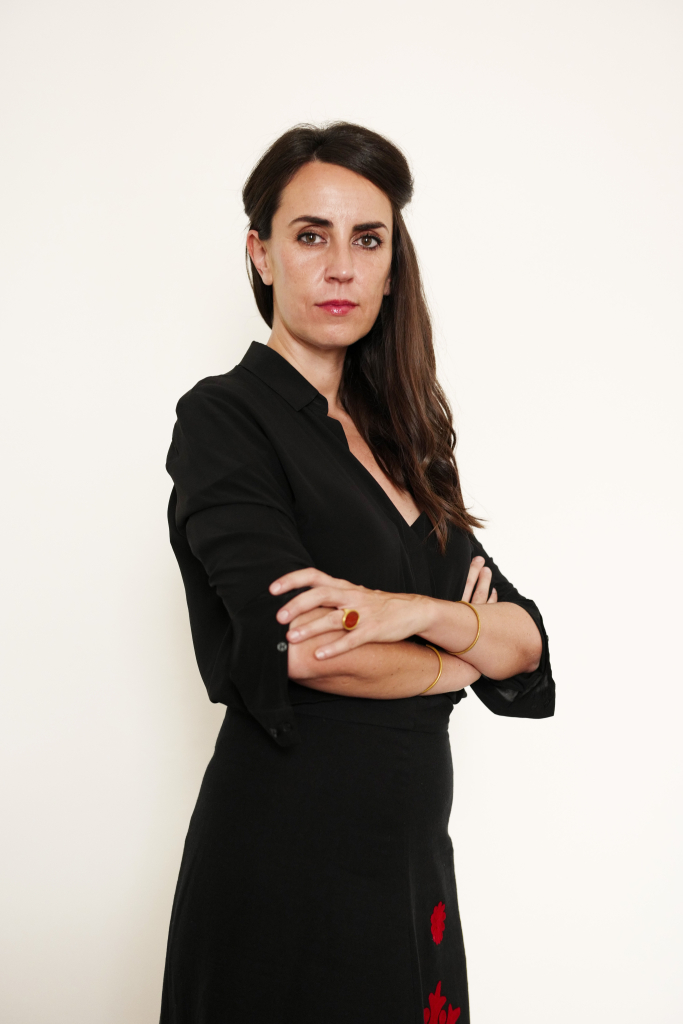
Compared to the other protagonists, Valentina Vico stands out as a unique figure: not a ‘daughter of art’ or an owner, but a strong and recognized presence within a family-run gallery. As the Director of Benappi Fine Arts since 2016, she has embarked on a journey of growth within the gallery, which has evolved over time. She has worked alongside Filippo Benappi for over thirteen years. “In the past, the domestic antiques market was broader and straightforward, and having a gallery in Italy was a significant milestone. Our generation, however, faced a challenge that Filippo decided to take on: elevating a well-established Italian company to an international level”. Sharing this vision led Vico to move to London in 2016, where the gallery now has its headquarters. Her goal was to help establish it on the global stage. In addition to her role on the Board of Directors of the Associazione Antiquari d’Italia, Vico is also a member of the Tefaf Board of Trustees, a prestigious position that once again highlights the value and recognition of women. She clarifies, “I’m not from a family in the industry, and I’m not the gallery’s owner.’ I’ve built my credibility through hard work, but also thanks to the opportunity to grow alongside Filippo, a visionary and generous man who – far from being taken for granted in our industry – has chosen to place his trust in me from the start, never once fearing to make room for a woman”.
1 May 2025


